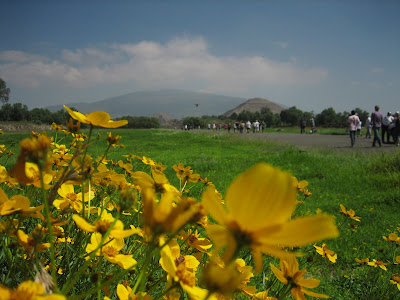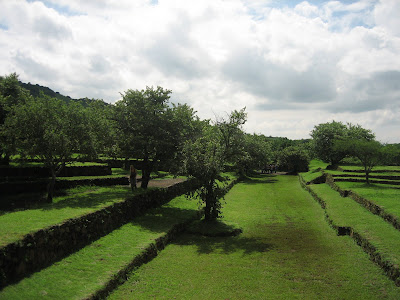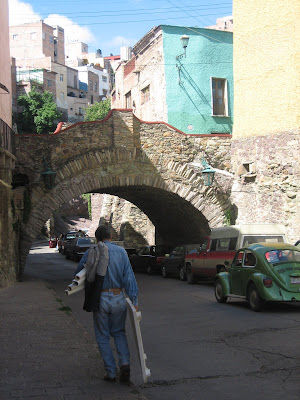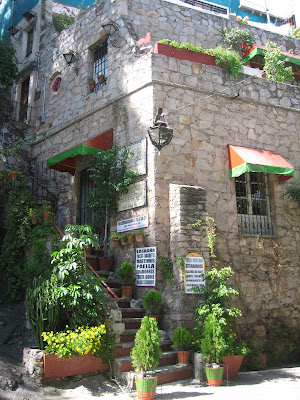It was independence day in Mexico over the weekend, celebrating, obviously, the country's emancipation from Spain. Independent now for about 200 years, much of its ideology is steeped in hispanic tradition. If you speak to some Mexicans, they will tell you that the country's economic and social issues are a result of Spanish colonialism. Aside from the multitude of problems stemming from the assimilation of indigenous 'indians', environmental ramifications or issue of morality that occurred and continue to affect post-colonial societies, this belief about the lack of prosperity in Mexico is reinforced by the folkloric affluence of that great nation to the north. The US of A.

The contemporary lamenters of past Spanish rule can fall into two categories. Those who believe Mexico would have been better off without European colonisation, and those who believe that if the British had have 'discovered' the southern continent, Latin America would today be included in the developed world.
I guess there is a valid argument there for a number of reasons. The Spanish monarchy enforced a completely different land-labour relationship than the British method, based on land stewardship rather than assignation of ownership as favoured by England. Speaking very generally, as a result, British subjects worked hard and were rewarded with land and rise in social rank. In Spanish colonies however, there was little incentive to work more than the bare minimum because all profit went to the crown and the threat of loss of title was very real.
And then the treatment of native people and attitudes towards the slave trade also differed.
But, ok, how can comparison possibly be made about former colonial settlements because nowhere is exactly alike. There's variable land conditions, time period, degree of control... it's impossible to speculate about what could have been.
One of the other major influences in incongruity of outcomes between north and south america is the encounters with the indigenous populations. The Spaniards encountered huge, powerful empires with sophisticated language, education and permanent settlement. In North America and in the Carribean, there existed sparse, separate, nomadic tribes, less robust than their southern counterparts. In other words, near genocide was relatively simple!
Also, take for example, African countries and India, a former British colony. These places don't conveniently follow the pattern of prosperity. So it's really just wishful thinking by some sectors of Mexican society.
In the end, honestly, who would wish colonial rule for their people, British or otherwise? I suppose when the economic situation is sort of dire and tenuous, it's a nice, impossible fariytale for some.




 (DIY Intellectual Kit : 1 x black turtle neck sweater; 1 x conservative, yet stylish sliver bob wig; 1 x pair of sensible, yet sophisticated frames; 1 x tube of colourless lip gloss)
(DIY Intellectual Kit : 1 x black turtle neck sweater; 1 x conservative, yet stylish sliver bob wig; 1 x pair of sensible, yet sophisticated frames; 1 x tube of colourless lip gloss)
 It's the hill where in 1531, a Mexican farmer supposedly saw several visions of Our Lady of Guadalupe (aka Virgin Mary). Millions of people come to this place every year and you can see the extremely devoted walk through the great plaza, towards the Basillica crawling on their knees.
It's the hill where in 1531, a Mexican farmer supposedly saw several visions of Our Lady of Guadalupe (aka Virgin Mary). Millions of people come to this place every year and you can see the extremely devoted walk through the great plaza, towards the Basillica crawling on their knees. 




















































